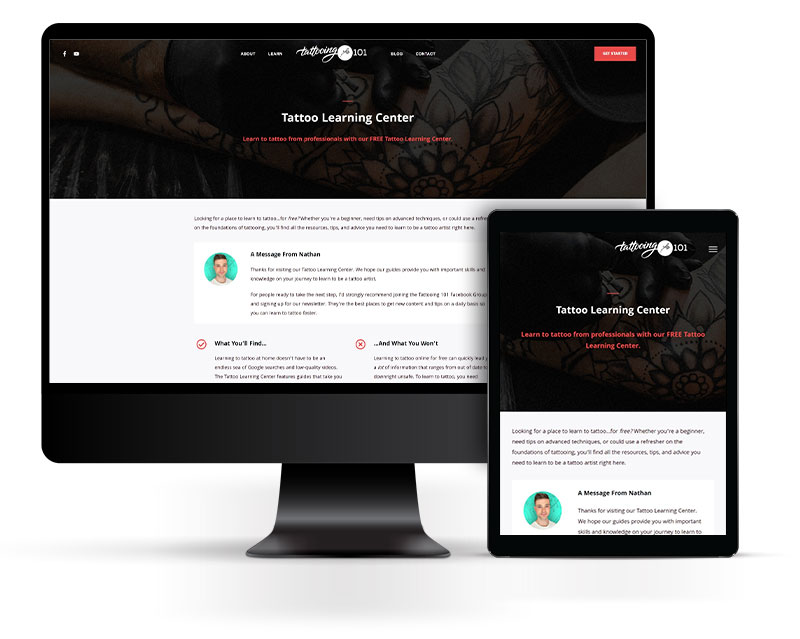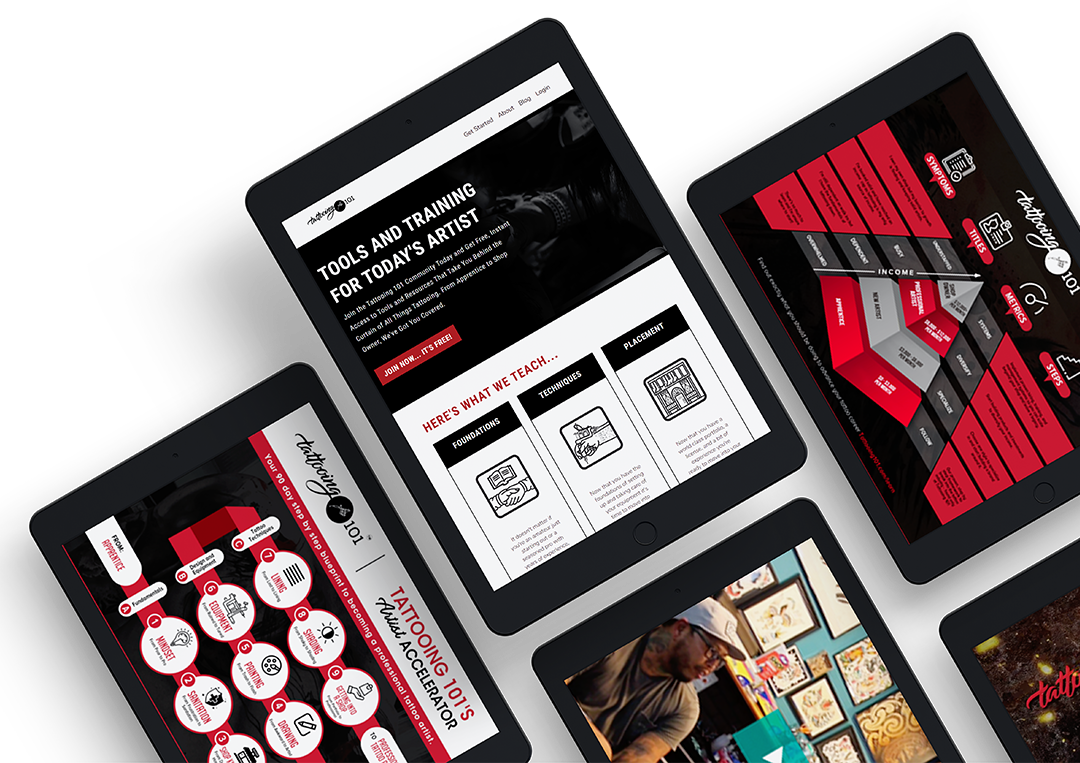Getting a tattoo isn’t always straightforward, especially for people with conditions that affect the tattooing process like diabetes, high blood pressure, and poor circulation.
As a tattoo artist, it’s important to understand what concerns people may have when getting a tattoo, especially when it comes to their health.
Here’s what we’ll cover in this article:
What is Diabetes?
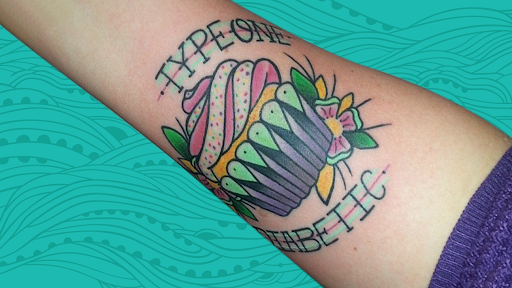
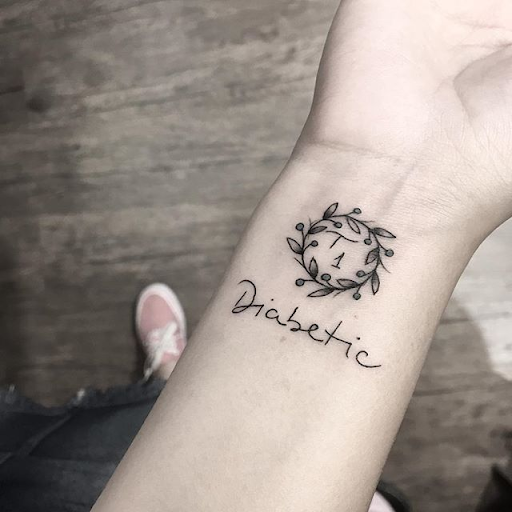
Diabetes is a long-term health condition where the body struggles to make insulin, which is what the body uses to turn food (sugar) into energy.
Type 1 diabetes is usually diagnosed in kids and young adults and is caused by an autoimmune reaction (the body attacking itself by mistake), and it stops the body from making insulin.
People with Type 1 diabetes have to take insulin every day.
Type 2 diabetes develops over many years and negatively affects blood glucose levels. It is usually managed with diet, exercise, and medications.
Why Do Tattoo Artists Need to Know About Diabetes?

The main reason that tattoo artists need to know about diabetes is that it can affect how well the client handles a tattoo. Here are some of the ways that diabetes can affect a tattoo:
High blood sugar makes the immune system weaker. A weakened immune system makes it harder to fight infection at the tattoo site.
Diabetes can make it more difficult for a tattoo to heal properly. Clients with diabetes should take extra care to follow instructions for proper aftercare so that healing time is as short as possible.
Some other reactions that people with (and without) diabetes might experience during healing are swollen lymph nodes, itching, and allergic reactions. Skin tests are recommended for people with diabetes before they get a tattoo.
Is It Safe to Get A Tattoo if You’re Diabetic?
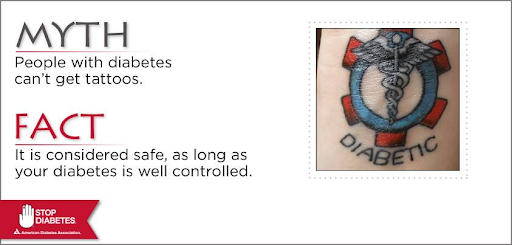
The American Diabetes Association says that it’s safe for people with diabetes to get a tattoo as long as their diabetes is well managed. The most important thing to ensure with a client with diabetes is that the condition is under control.
People with uncontrolled diabetes are at a significantly increased risk of blood poisoning and skin infections
Something clients and artists should consider with diabetic clients is tattoo placement. Areas further away from the heart like legs, feet, and hands aren’t great places for a diabetic person to get a tattoo, because the decreased circulation can lead to infection.
Medical Alert Tattoos
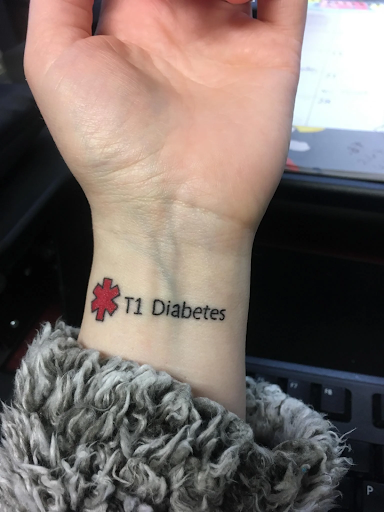
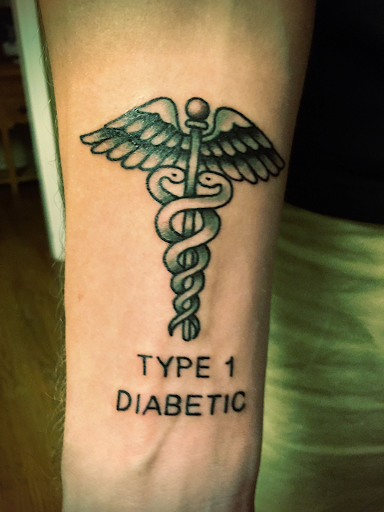
Some people with diabetes choose to get medical alert tattoos that can inform emergency responders of their condition. A medical tattoo is an alternative to wearing a medical alert bracelet, which is recommended by the American Diabetes Association.
People taking blood sugar management medication should have some sort of identification in case their blood sugar levels make them lose consciousness. This helps healthcare professionals identify what they need more quickly.
Signs of High or Low Blood Sugar
While it is generally safe to tattoo clients with diabetes, you might notice some changes during the tattoo. Unless the client is wearing a continuous glucose monitor, you won’t know immediately if there is an issue with blood sugars. Here are some ways to tell:
Common symptoms of high blood sugar are:
Symptoms of low blood sugar include:
Blood sugar shouldn’t drop a lot during the tattoo process, even for people with diabetes, as long as it is well-controlled.
Still, if your client tells you they are diabetic, it’s a good idea to check in with them throughout the tattoo to make sure they’re doing okay. If you notice any of the symptoms above or believe that your client is having an emergency, stop the tattoo session and make sure they get medical attention as soon as possible.Ink That Monitors Blood Sugar
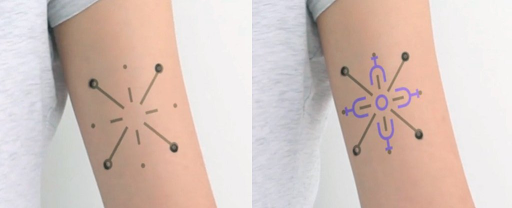
CGI image
While it’s not available for tattoo artists currently, researchers from MIT and Harvard Medical School have developed a proof-of-concept for a color-changing tattoo ink that monitors changes in the body, such as glucose, pH levels, and sodium.
The ink contains biosensors that respond to blood sugar, changing the tattoo’s color from blue to brown as blood sugar levels increase. This technology could make it so that diabetics do not have to prick their fingers as often to monitor their health and potentially allow a healthcare professional to more closely monitor a patient.
The project, named DermalAbyss, aims to create an "interactive display" on the surface of the skin.
It’s still in the “proof of concept” stage. However, the researchers have conducted tests on pig skin patches. Further testing is necessary before considering its approval for practical use.
Tattooing and Blood Pressure
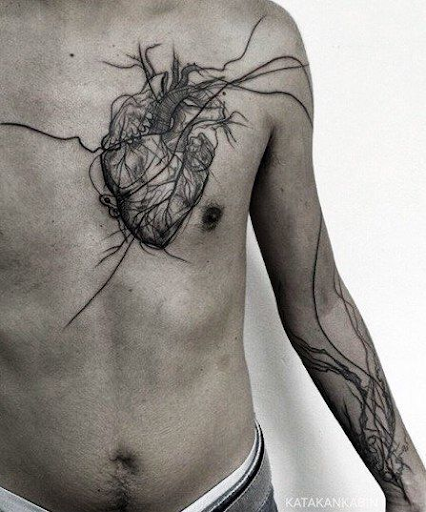
Diabetes isn’t the only blood-related issue that can create a higher risk with tattoos. Blood pressure plays a big role in how well clients will handle getting tattooed because it affects how the blood behaves during the process.
A client with high blood pressure may bleed more during the tattoo, which can make the tattoo session more difficult for the artist as they try to get good control over the skin they’re working with. High blood pressure can also increase bleeding with a new tattoo, making it harder for the tattoo to heal and remain vibrant.
Good blood circulation is also important when getting a tattoo because it can help prevent infection and other negative side effects that can occur during the tattoo healing process.Signs of Poor Blood Circulation and What to Do
Blood circulation is important to think about, especially when a client is sitting for their tattoo in one position for a long period of time. Some of the common symptoms you might see are:
Poor blood circulation can slow healing times, so it’s important to know what to do when you notice it. Here are some things a client can do to improve their circulation during a tattoo:
Signs of High Blood Pressure and What to Do
Getting a tattoo usually increases blood pressure temporarily. Clients who know they have blood pressure issues should check with a doctor before getting a tattoo.
Symptoms of high blood pressure vary a lot from person to person, but the most likely issue you’ll see as a tattoo artist is excessive bleeding.
The best way to deal with blood pressure issues is to have your client tell you beforehand, so they can make sure their blood pressure is under control before their session. If they are experiencing significant bleeding issues or are feeling faint, it might be best to continue the tattoo once they’ve had a chance to talk with a doctor.
Prepare for a Tattooing Career with the Artist Accelerator Program
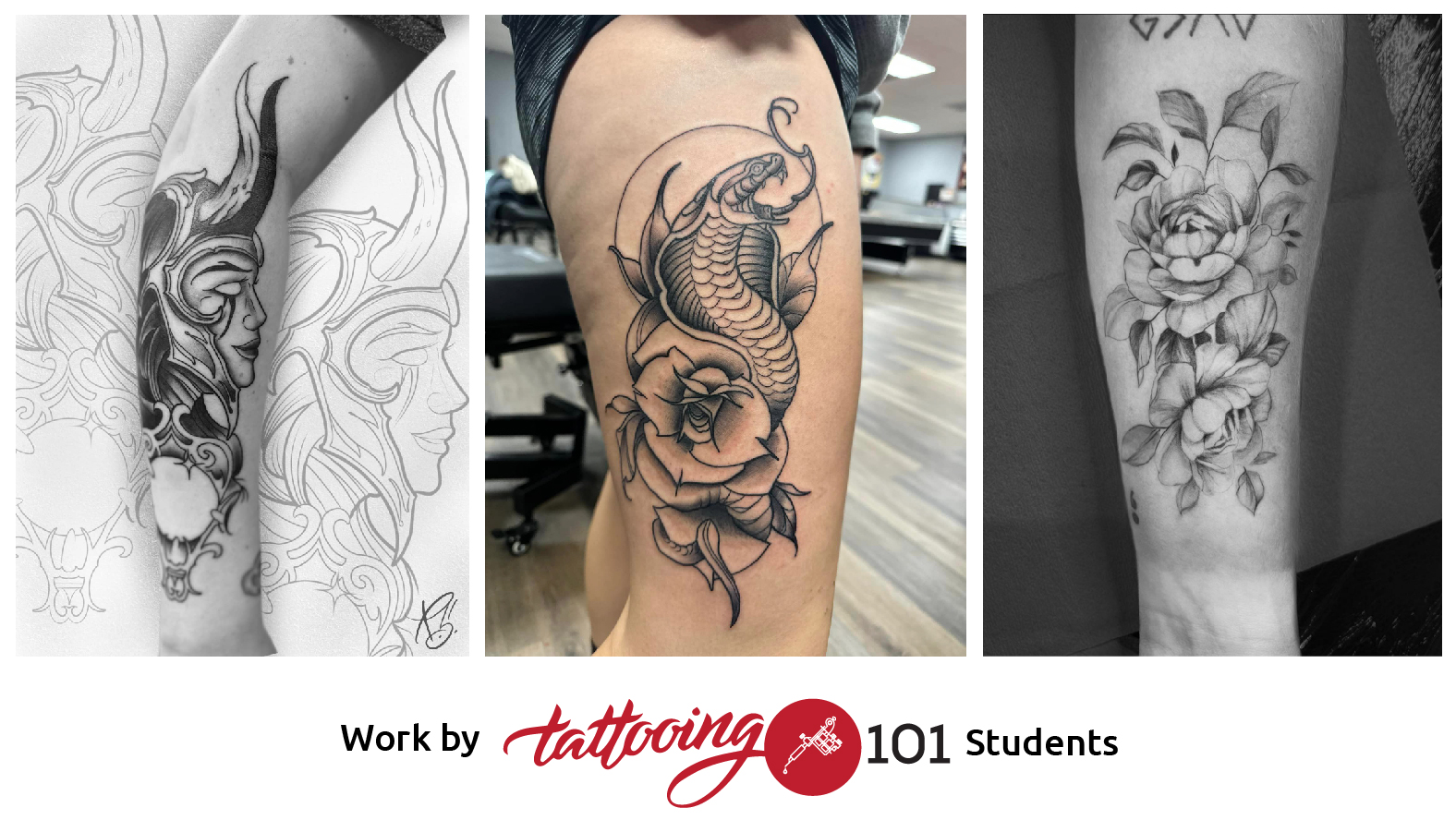
Understanding how different people react when getting tattooed is an important step in your journey toward a tattoo career, but it can also be pretty eye-opening to how difficult tattooing can be. Without the right knowledge, it’s impossible to level up your skills as a professional tattoo artist.
However, finding the straightforward information you need to progress is difficult. And with so much out there online, it’s hard to avoid picking up bad habits from incorrect and outdated resources.
This is one of the biggest struggles new tattooers face, and too many talented artists have given up their goal of getting into tattooing because of the years it would take to unlearn their bad habits.
That’s why aspiring artists are learning to tattoo with the Artist Accelerator Program’s structured course. As a student, you learn every step of the tattooing process from tattoo artists with the experience and advice you need for your tattoo career.
With the Artist Accelerator, you can stop wasting time searching through incorrect information. You just get the clear, easy-to-understand lessons you need to start improving fast… along with support and personalized feedback from professional artists in our online Mastermind group.
Over 2500 students have already gone through the course, with many of them opening up their own studios. If you want to join them and learn the skills you need to start tattooing full time faster…
Click here to check out the Artist Accelerator Program.
